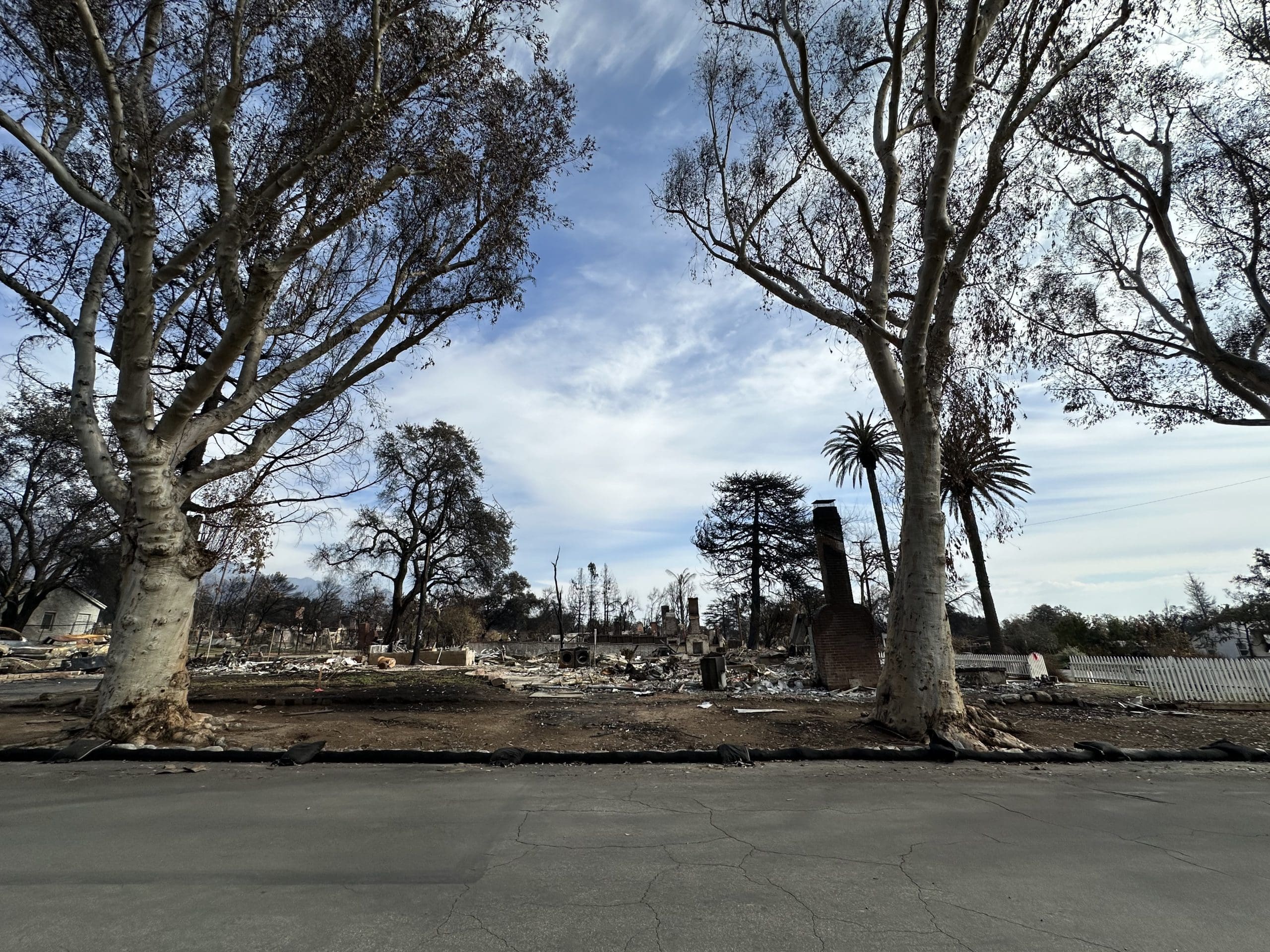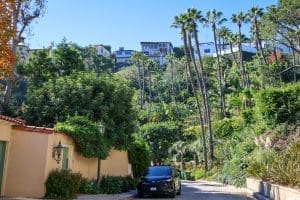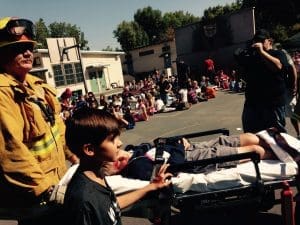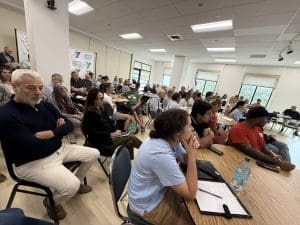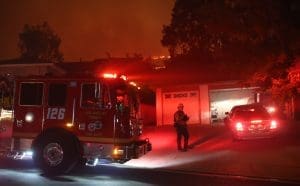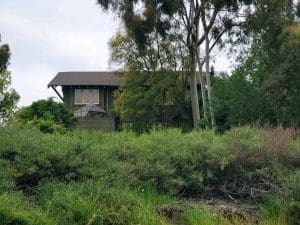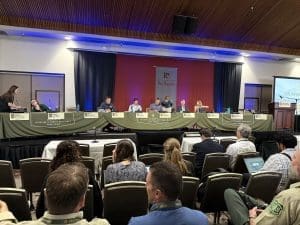Most Angelenos vividly remember the events of January 7th and 8th, 2025, when two devastating wildfires—the Palisades Fire and the Eaton Fire—swept across Los Angeles County. Fueled by powerful Santa Ana winds, both fires inflicted widespread destruction. Yet despite their shared origins, the consequences for their respective communities—and the insurance complications that followed—revealed sharp contrasts in impact, resilience, and recovery.
The Palisades Fire: Affluent Coastal Devastation
Igniting in the Santa Monica Mountains on January 7, the Palisades Fire rapidly tore through Pacific Palisades, Topanga, and Malibu. Consuming approximately 23,448 acres, it destroyed more than 6,800 structures and claimed 12 lives. Its rapid spread was intensified by critical infrastructure failures, including depleted water reservoirs and low water pressure, severely hampering firefighting efforts.
The blaze struck at the heart of one of Los Angeles’ most affluent regions, home to high-profile residents and multi-million dollar properties. Beyond private losses, three public schools were destroyed, prompting the Los Angeles school board to allocate $604 million for their reconstruction.
The Eaton Fire: Community and Cultural Loss in Altadena
Also beginning on January 7, the Eaton Fire swept through Altadena and parts of Pasadena, burning over 14,000 acres and destroying more than 9,000 structures. With 18 confirmed fatalities, the fire’s toll was even deadlier. Perhaps more devastating, however, was the cultural and historical loss: entire neighborhoods with deep roots in Black homeownership and community heritage were reduced to ash.
In the aftermath of the fire, residents have faced lingering environmental hazards, including toxic soil and water contamination. Yet amidst this devastation, the community’s determination to rebuild—while preserving its identity—remains unwavering.
Insurance: A Precarious Safety Net
Even before the fires, both communities were already facing an increasingly unstable insurance landscape. Between 2020 and 2022, approximately 10% of Pacific Palisades homeowners and 8% of Altadena residents had their fire insurance policies non-renewed. Major insurers, including State Farm, cited regulatory inertia—specifically, delayed or denied rate increase approvals from the California Department of Insurance—as a reason for their withdrawal from the southern California market.
In the aftermath, many homeowners faced significant challenges when filing insurance claims. Delays, denials, and disputes—especially those related to smoke damage and environmental contamination—were widespread. These complications prompted California Insurance Commissioner Ricardo Lara to scrutinize State Farm’s claims practices. In response to increased public pressure, a one-year moratorium on insurance cancellations was enacted to protect affected policyholders.
Two Paths to Recovery
The fires laid bare a broader narrative—a “tale of two cities.” In Pacific Palisades, many residents have leveraged their wealth and social capital to expedite permitting and rebuilding, even as their properties remain situated in the “Very High Fire Severity Zone” (VHFSZ). This has raised concerns about the long-term wisdom of rebuilding in areas prone to repeated fire risk.
In contrast, Altadena’s recovery journey is influenced by economic instability. Although many long-term residents are keen to rebuild, the rising expenses of construction and insurance are compelling some to sell their properties, frequently to external developers. This shift has heightened anxieties about gentrification and cultural loss, particularly as investment firms quickly buy up fire-damaged lots. Significant questions arise: Will the new housing be affordable? Will the community maintain its historical identity?
A Divided Aftermath
The Palisades and Eaton fires serve as powerful reminders of how wildfires do not affect all communities equally. Both must confront physical destruction and bureaucratic complexities, yet disparities in wealth, cultural identity, and institutional support create very different paths forward. As Los Angeles begins to rebuild, these differences will impact not only the pace of recovery but also the kind of communities that emerge in the years ahead.

